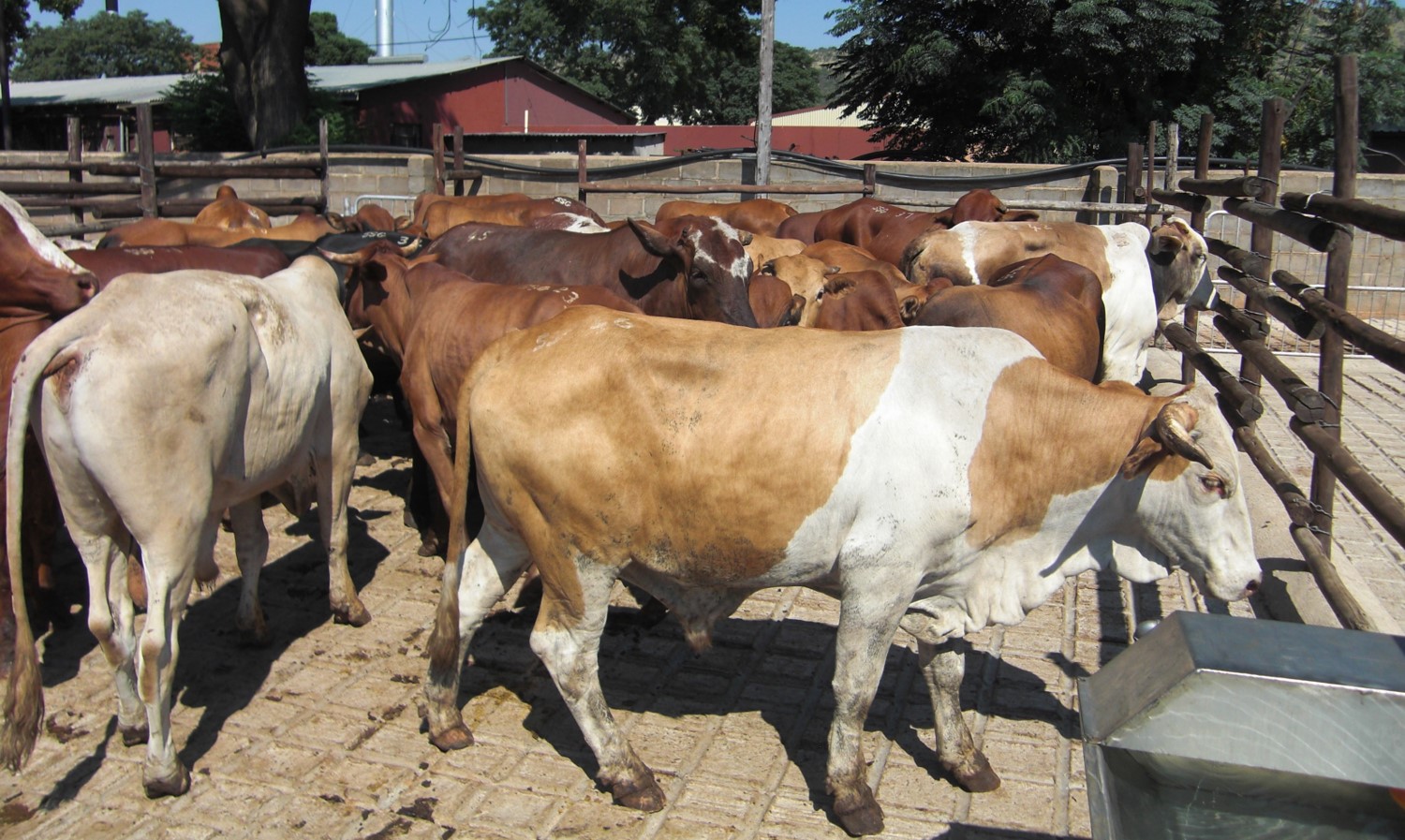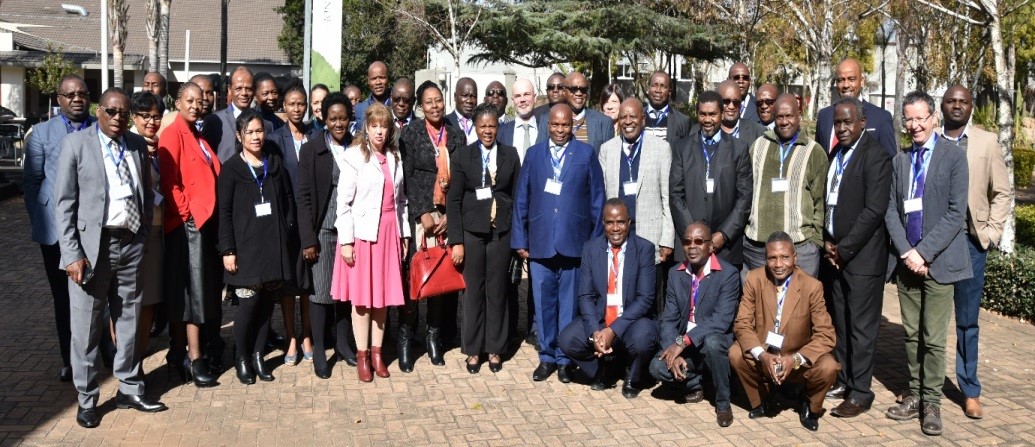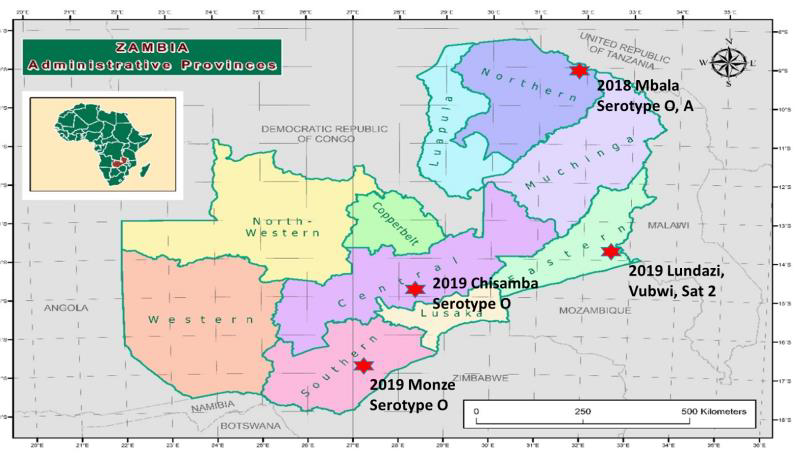


Cattle (c) Vincent Brioudes (oie) 2010
Picture (c) V. Brioudes (oie) 2010.
For many years, the serotypes causing outbreaks in southern Africa were the South African Territories (SAT) serotypes 1, 2 and 3, of which African buffaloes are carriers. These affect mainly cattle and a few wild animal species, while sheep, goats and pigs are rarely affected and their role in the epidemiology of these serotypes is considered insignificant.
Of particular concern has been the recent introduction of new serotypes of FMD (O & A) in the sub-region. Collectively the serotypes have been reported in Zambia, Malawi and Mauritius, while they are endemic in the Democratic Republic of Congo (DRC) and Tanzania.
In response, the OIE in collaboration with FAO and SADC jointly convened a meeting on emerging serotypes of FMD in the region. The meeting was attended by OIE Delegates and national epidemiologists – about 30 participants – as well as representatives from partner organisations including the Onderstepoort Veterinary research Institute (OVI), the Botswana Vaccine Institute (BVI), the European Commission for the Control of Foot-and-Mouth Disease (EuFMD) and the United States Department of Agriculture’s Animal and Plant Health Inspection Service (USDA-APHIS).
The meeting was opened by the Representative of the Government of South Africa, Mr Joel Mmamabolo and there were opening remarks from SADC, FAO and OIE. The presenters underscored the increasing incidence of FMD in the sub-region, particularly the emergence of serotypes O and A, which are traditionally not known to occur in southern Africa. They called on participants to address this situation fully.
Group picture © O. Valsson (oie) 2019.
A case in point is Zambia which in recent years (2017-2019) experienced outbreaks of FMD serotypes A and O, with type O even spreading from the north to the south of the country. This situation is alarming as it marks the southwards spread of serotypes A and O beyond the DRC and Tanzania, where they are known to be endemic. Zambia has adopted an FMD control strategy aligned to the Global Progressive Control Pathway for FMD (PCP-FMD). Current control measures include movement restrictions on livestock and livestock products, farmer and stakeholders’ sensitisation, and ring vaccinations in affected districts. The main challenge facing Zambia is lack of resources to procure enough vaccines.
Zambia FMD map
Distribution of FMD cases in Zambia in 2018/19. Source : SADC Secretariat
The meeting came up with recommendations to affected and at-risk countries, as well as regional recommendations and recommendations directed at international organisations.


